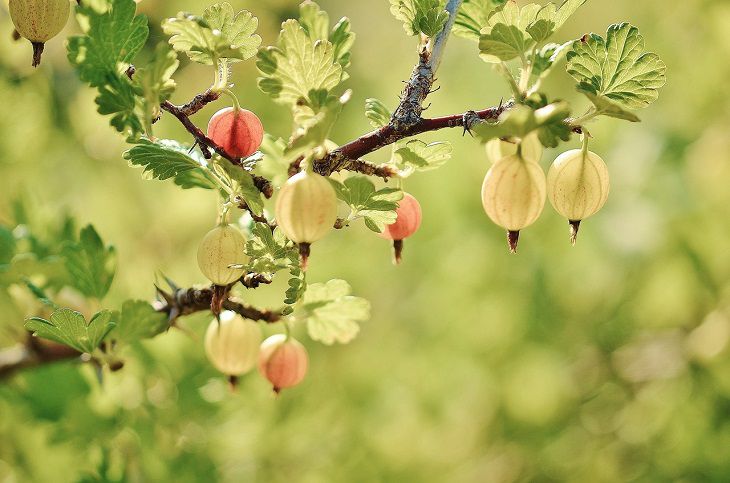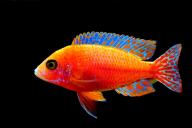There are plenty of curious plant varieties you can grow in your garden, but only some of them will actually thrive.
Your local climate affects the growth of your garden plants a lot, so you should always choose well-adapted varieties in the first place.
Here are a few tips on how to choose the most suitable plant varieties for your garden.

Know Your Hardiness Zone
Identify your USDA hardiness zone, which is determined by the average minimum winter temperature in your region.
This information helps you choose plants that can withstand the cold temperatures specific to your area.
Consider Temperature Extremes
Beyond hardiness zones, take note of temperature extremes in your local climate.
Understand the typical range of high and low temperatures throughout the year, as well as any occasional frost or heatwaves.
Assess Sunlight Conditions
Evaluate the sunlight exposure in your garden or planting area.
Different plant varieties have specific sunlight requirements, such as full sun, partial shade, or full shade.
Choose plants that match the light conditions of your space.
Understand Soil Composition
Analyze your soil's composition, considering factors like texture, drainage, and nutrient levels.
Certain plants thrive in well-draining soils, while others prefer moisture-retentive ones.
Adjust your plant selection based on your soil's characteristics.
Check pH Levels
Test the pH levels of your soil. Some plants prefer acidic soils, while others thrive in alkaline conditions.
Choosing plants that align with your soil's pH helps ensure their optimal growth and development.
Consider Local Microclimates
Recognize microclimates within your area, such as urban heat islands or areas with unique wind patterns.
These microclimates can influence temperature and moisture levels, impacting plant growth. Select varieties resilient to these local conditions.













